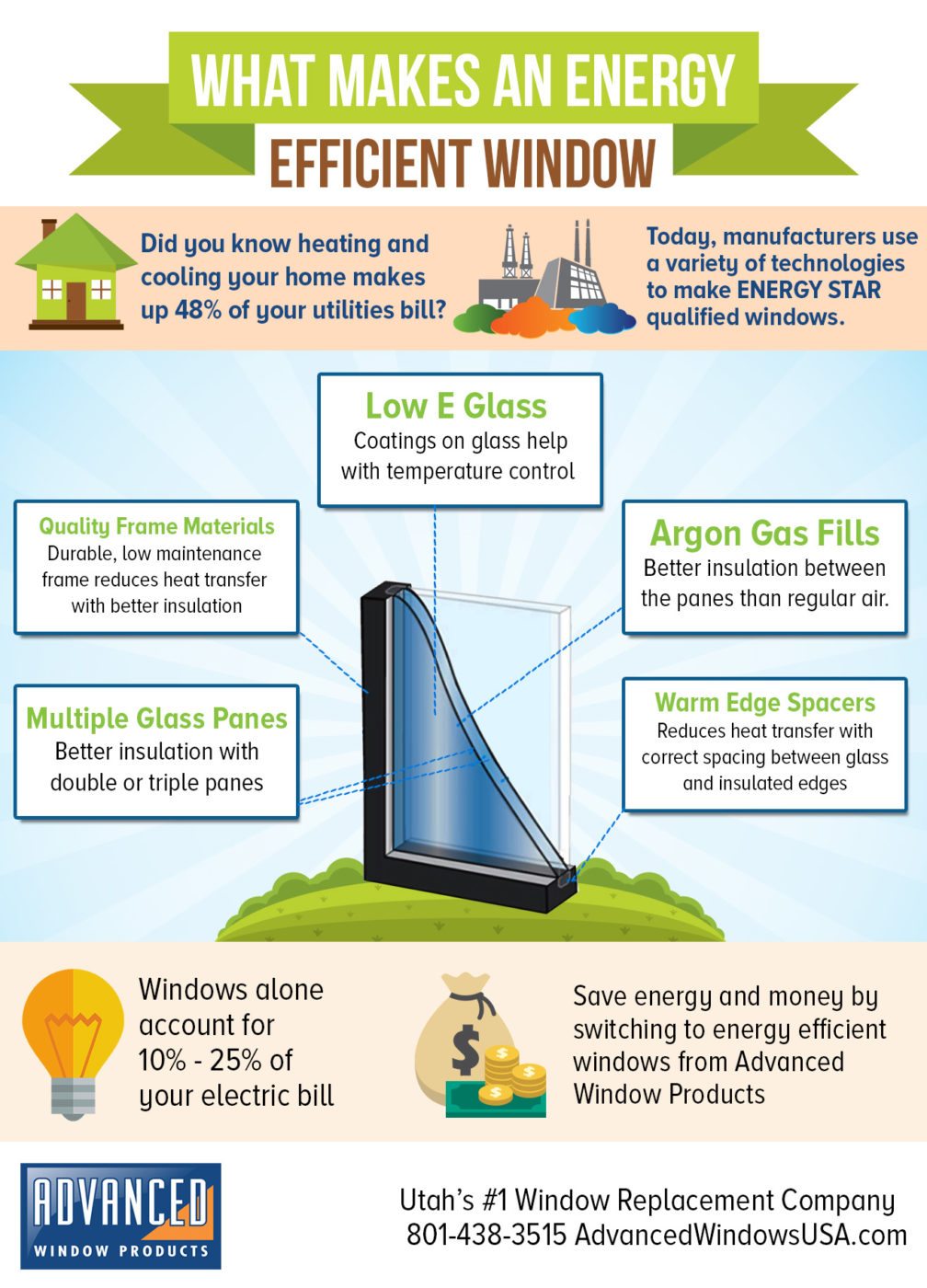Optimal Stress Cleaning Approaches For Different Types Of Surfaces
Optimal Stress Cleaning Approaches For Different Types Of Surfaces
Blog Article
Produced By- click for info Keating
When it concerns press cleaning, the strategy you choose can make all the difference in accomplishing a clean, streak-free coating. You could locate that tough surface areas, like concrete, need a various strategy than softer materials, such as wood or vinyl. It's essential to adapt your approaches to the surface area type to avoid damage while taking full advantage of cleaning performance. So, what are the most effective strategies for each and every surface area, and how can you guarantee you're using the ideal settings and tools for the task? Allow's discover what you need to understand to obtain the very best outcomes.
Difficult Surface areas
When it concerns push washing tough surface areas, preparation is crucial. Prior to you even consider taking out the stress washing machine, make the effort to clear the area of any particles, furnishings, or challenges. You don't desire anything getting in your way or possibly damaging your tools.
Next off, examine the surface for any type of cracks or damage; this will assist you determine the ideal technique and stress setups.
As soon as you have actually prepared the location, it's vital to pick the ideal nozzle. For difficult surfaces like concrete or block, a slim nozzle (15 or 25 degrees) functions best to supply a focused stream of water that can successfully eliminate crud and spots. Always start at a distance and gradually move better to prevent any type of surface damages.
As you start cleaning, keep the wand moving to avoid streaks and over-saturation. It's additionally useful to work from the top down, permitting dirt and debris to wash away normally.
Finally, keep in mind to wash the surface area extensively after cleansing to remove any type of remaining detergent. With these strategies, you'll accomplish a tidy and renewed appearance on all your difficult surface areas.
Soft Surfaces
Pressure cleaning soft surface areas needs a gentler method to protect them from damages. Whether you're cleaning your deck, patio area furnishings, or exterior siding, utilizing too much pressure can result in damages, scrapes, and even irreversible injury.
Start by choosing a low-pressure nozzle, preferably a 25-degree or larger spray pattern, to spread the water extra gently.
Before you begin, it's important to pre-treat any stains with an appropriate cleaning service. This step permits the cleaner to permeate the dirt and grime, making it easier to wash away without rubbing too hard.
Constantly apply the solution from all-time low approximately avoid spotting.
When you begin stress washing, preserve a range of at the very least 12 to 18 inches from the surface area. Move your stick in a sweeping activity, keeping it alongside the surface area to stay clear of concentrated pressure on one place.
Wash the area completely after cleansing to remove any type of recurring cleanser.
Last but not least, check the surface area for any kind of missed out on areas and duplicate the process if necessary. By following these steps, you can effectively tidy soft surface areas while preserving their honesty and look.
Specialized Surfaces
Cleansing soft surface areas requires treatment, yet specialized surface areas demand a lot more interest to detail. When you take on these surfaces, like fragile timber, discolored concrete, or particular sorts of siding, using the ideal pressure washing strategies is essential to stay clear of damages.
Initially, analyze the product. As an example, dealt with wood can frequently endure modest stress, however softer timbers like cedar might call for a lower setup. Always begin with the most affordable stress and gradually raise if needed.
For stained professional window cleaner denver , make use of a follower spray nozzle and maintain a constant distance to avoid etching the surface.
When taking care of surface areas like plastic siding or painted surface areas, a vast spray pattern aids disperse the stress equally, securing the surface.
It's also smart to use cleaning agents especially developed for specialized surfaces. They can enhance cleaning without endangering the material.
Rinse extensively after cleaning to remove any kind of residue, as it can bring about discoloration or deterioration with time.
Final thought
Finally, grasping pressure cleaning strategies for different surfaces can make all the distinction in your cleaning outcomes. For difficult surface areas, adhere to slim nozzles and a top-to-bottom approach, while soft surfaces require a gentler touch with wider nozzles. Don't forget to pre-treat discolorations and wash completely to avoid residue. By adapting your methods per product, you'll not only achieve a cleaner surface but likewise shield the integrity of your surfaces. Happy cleaning!
